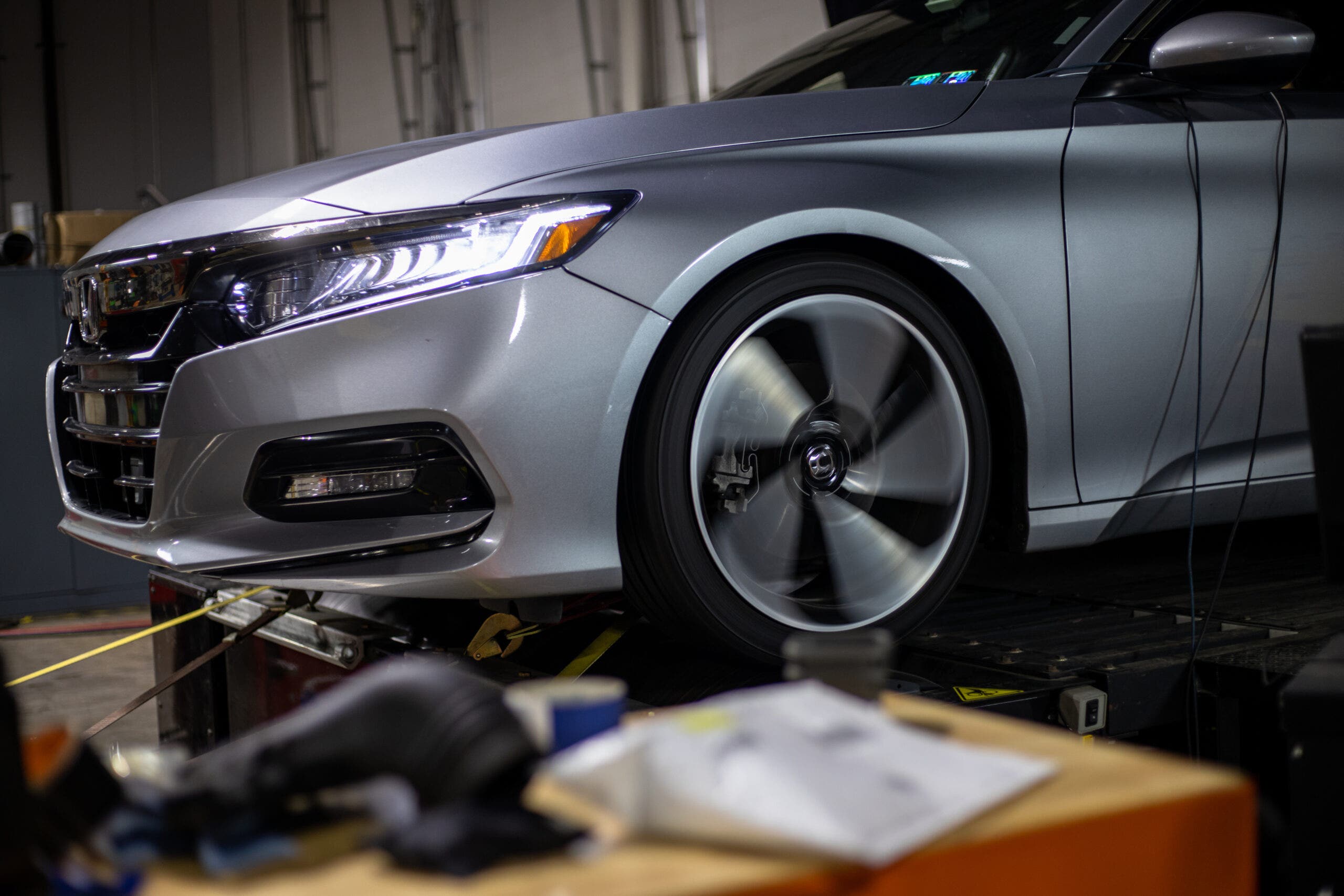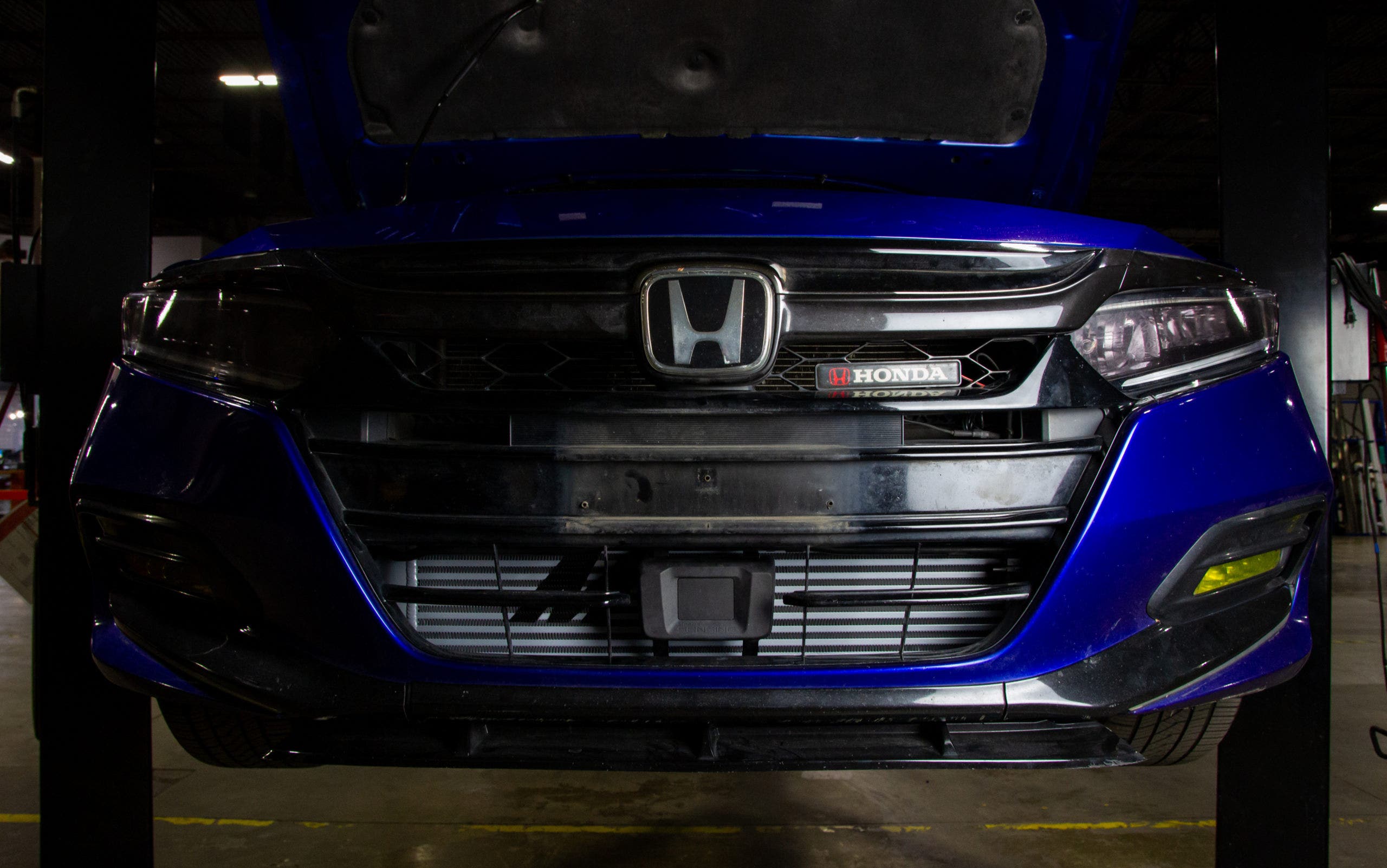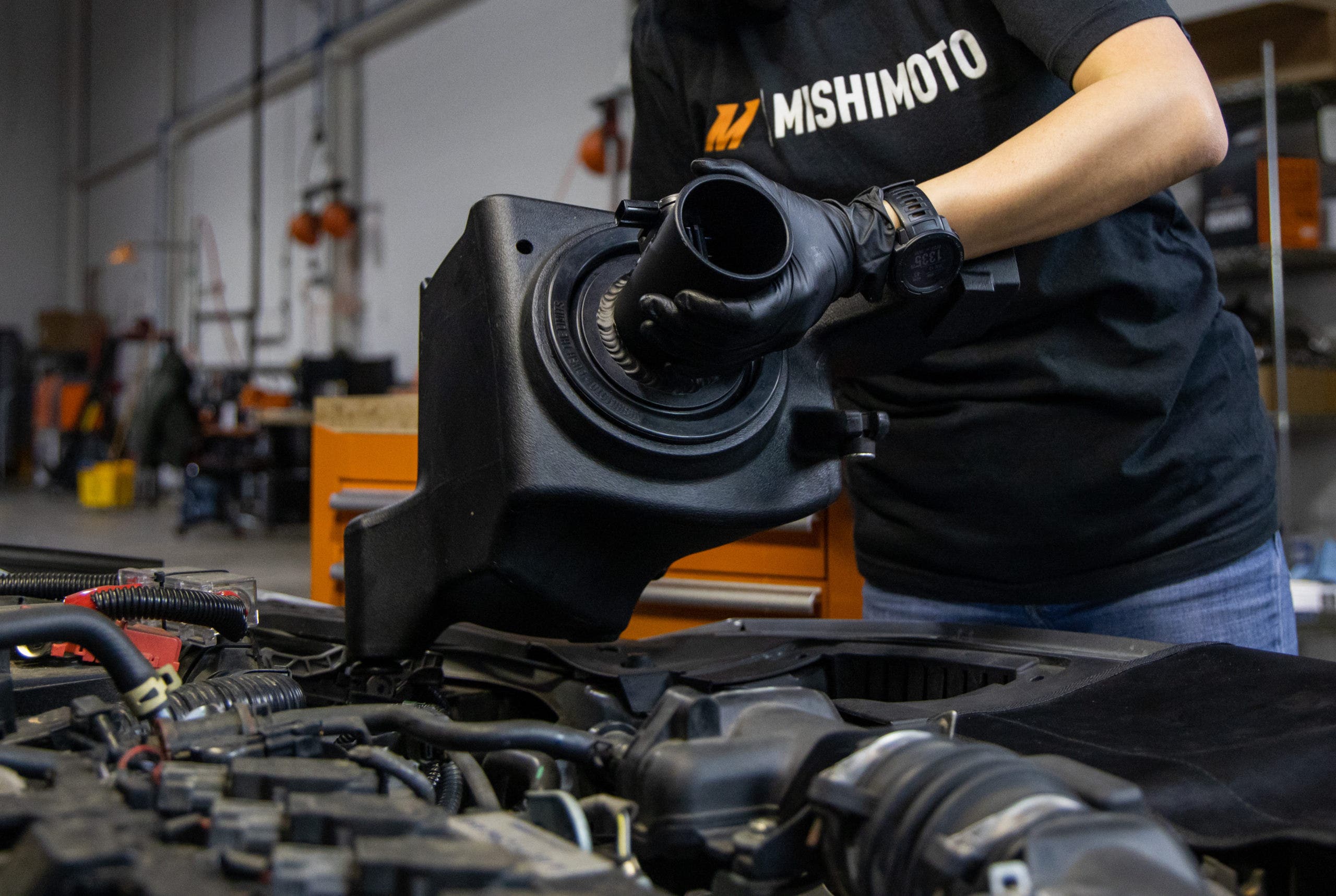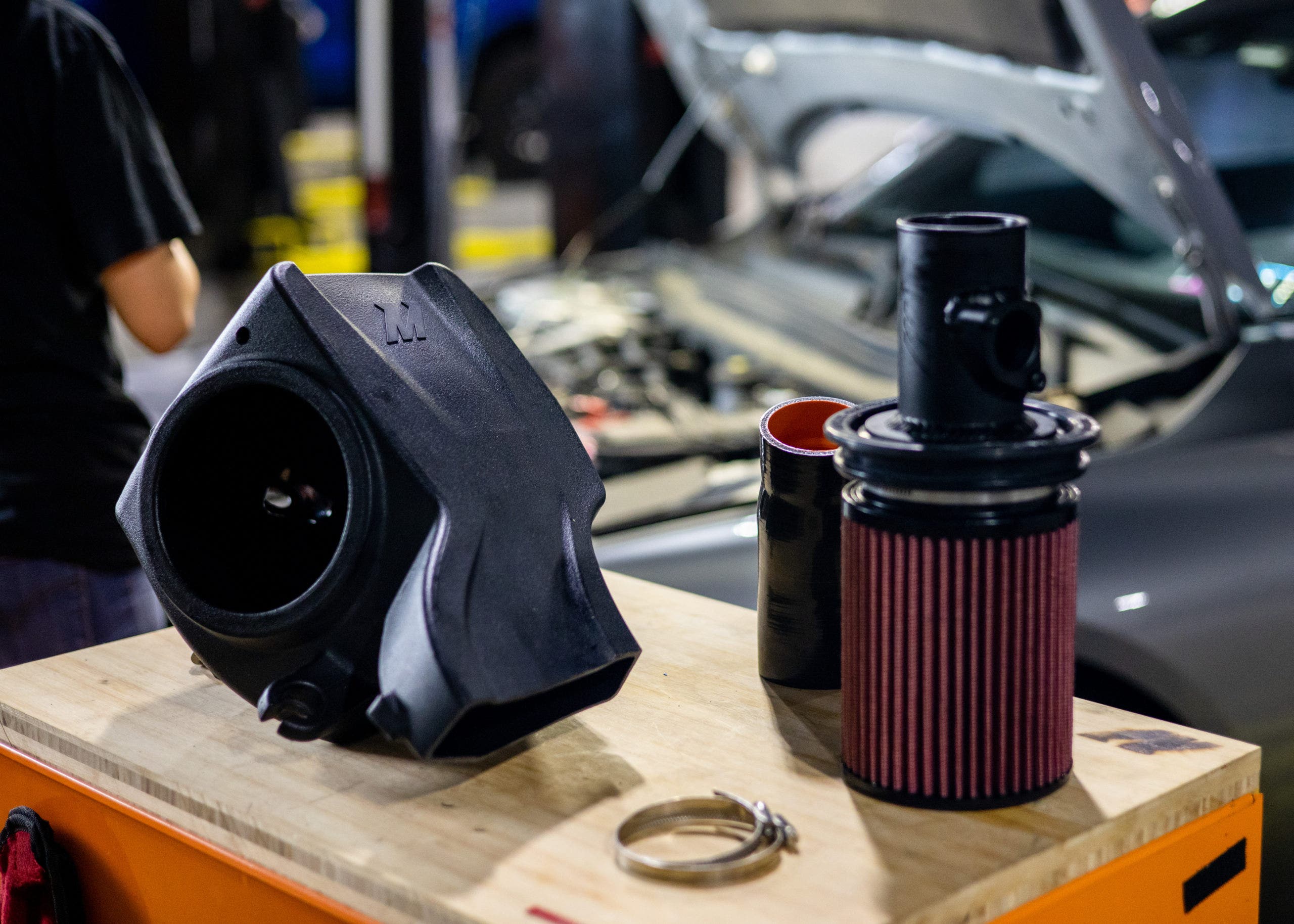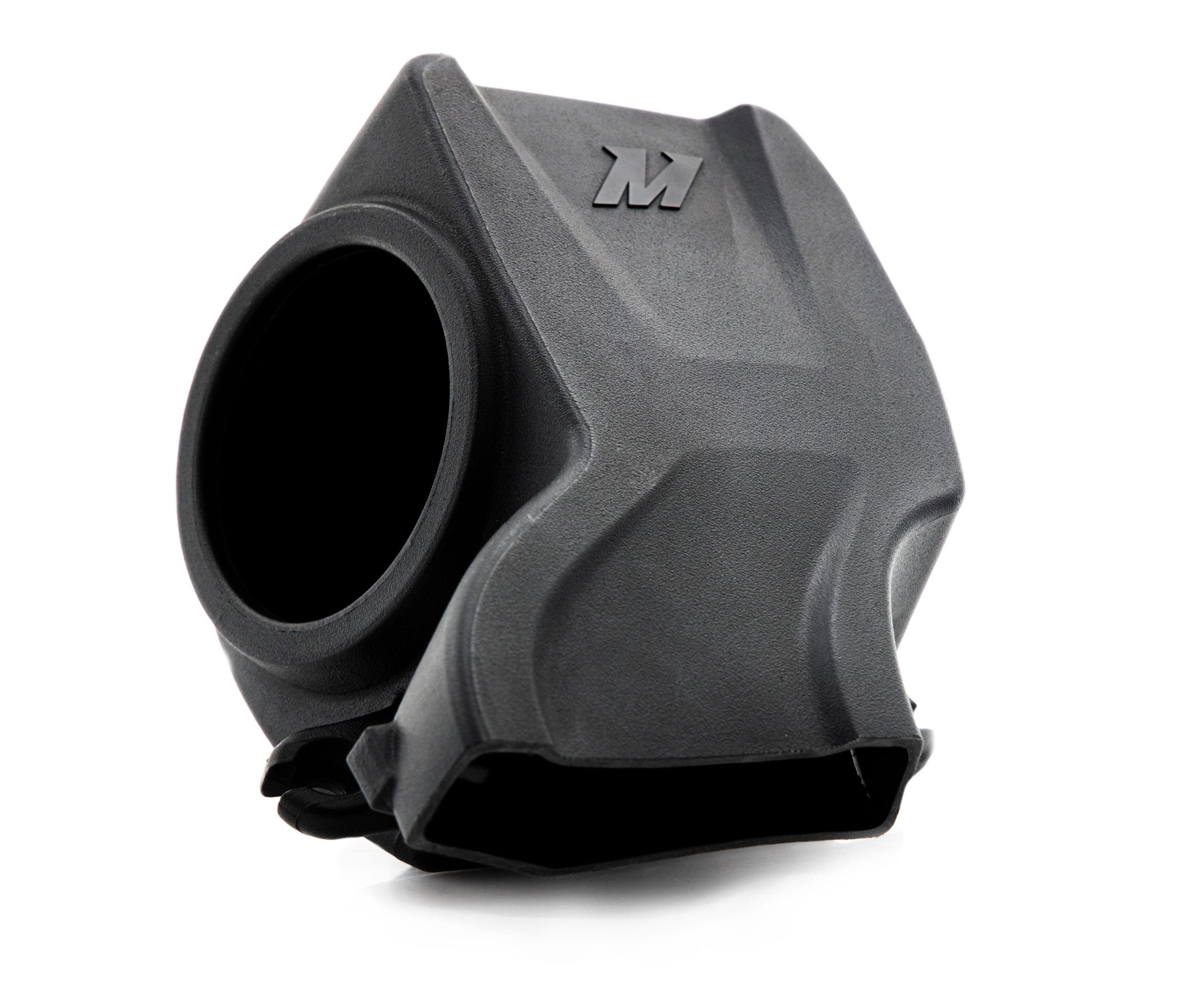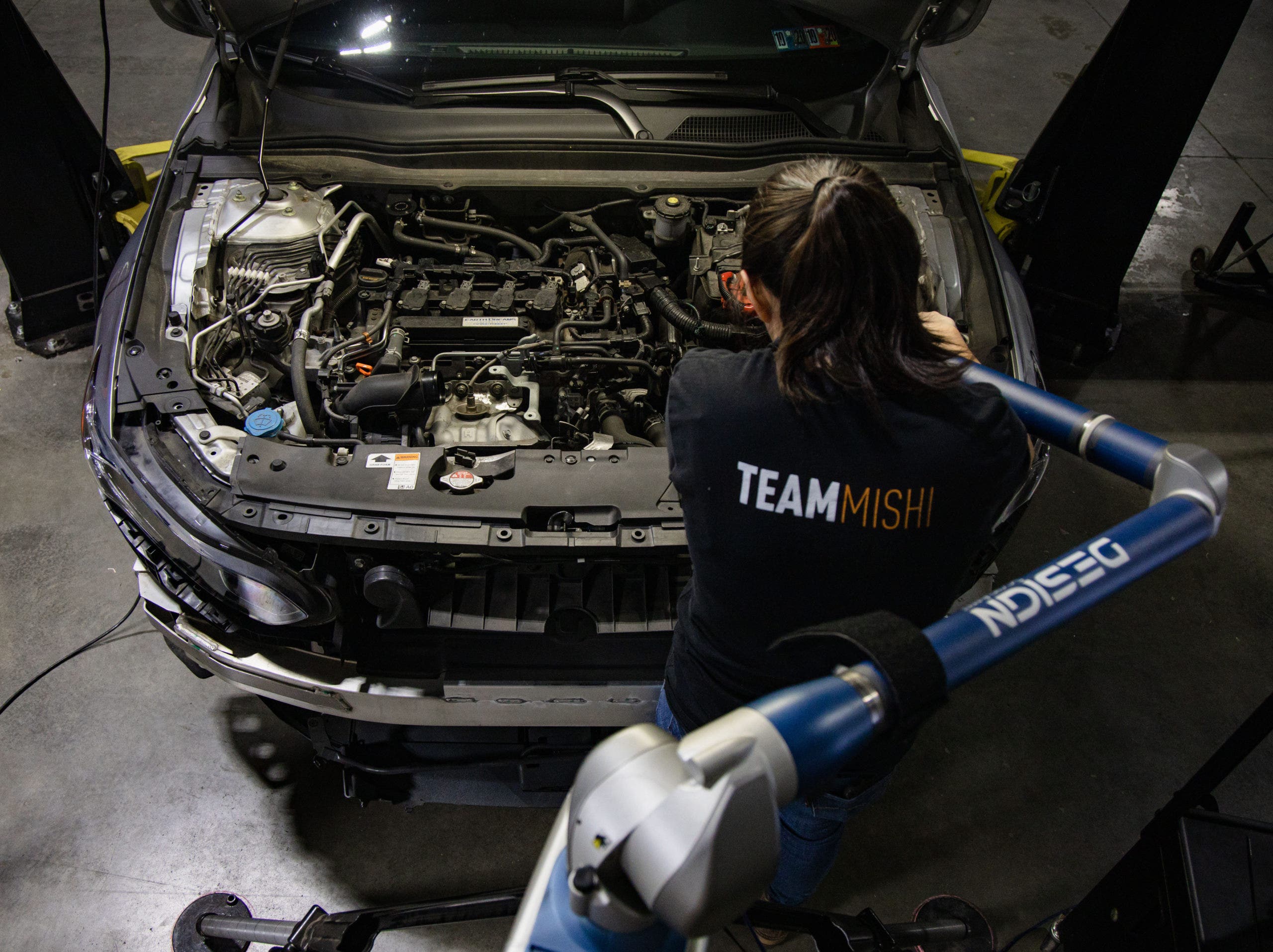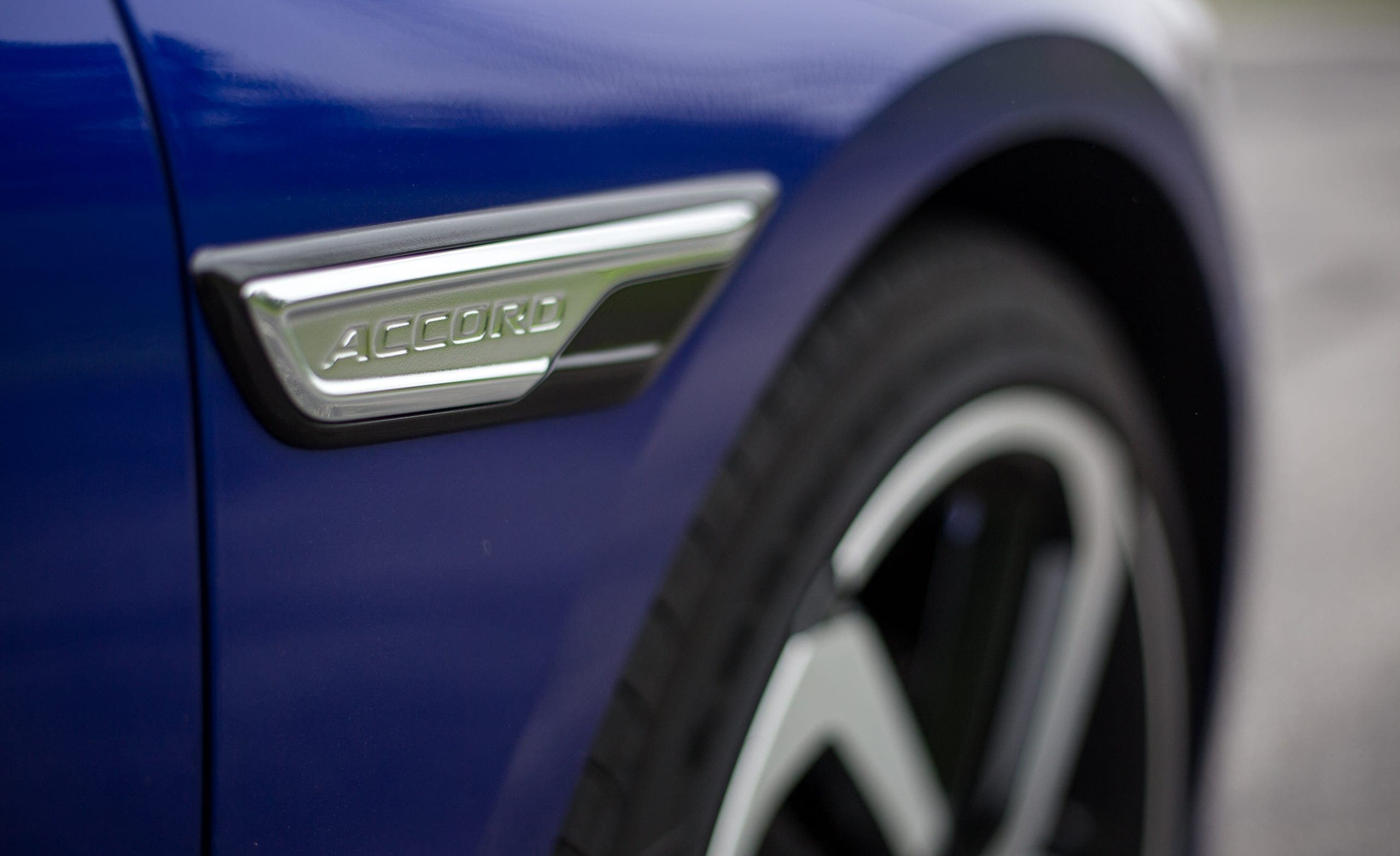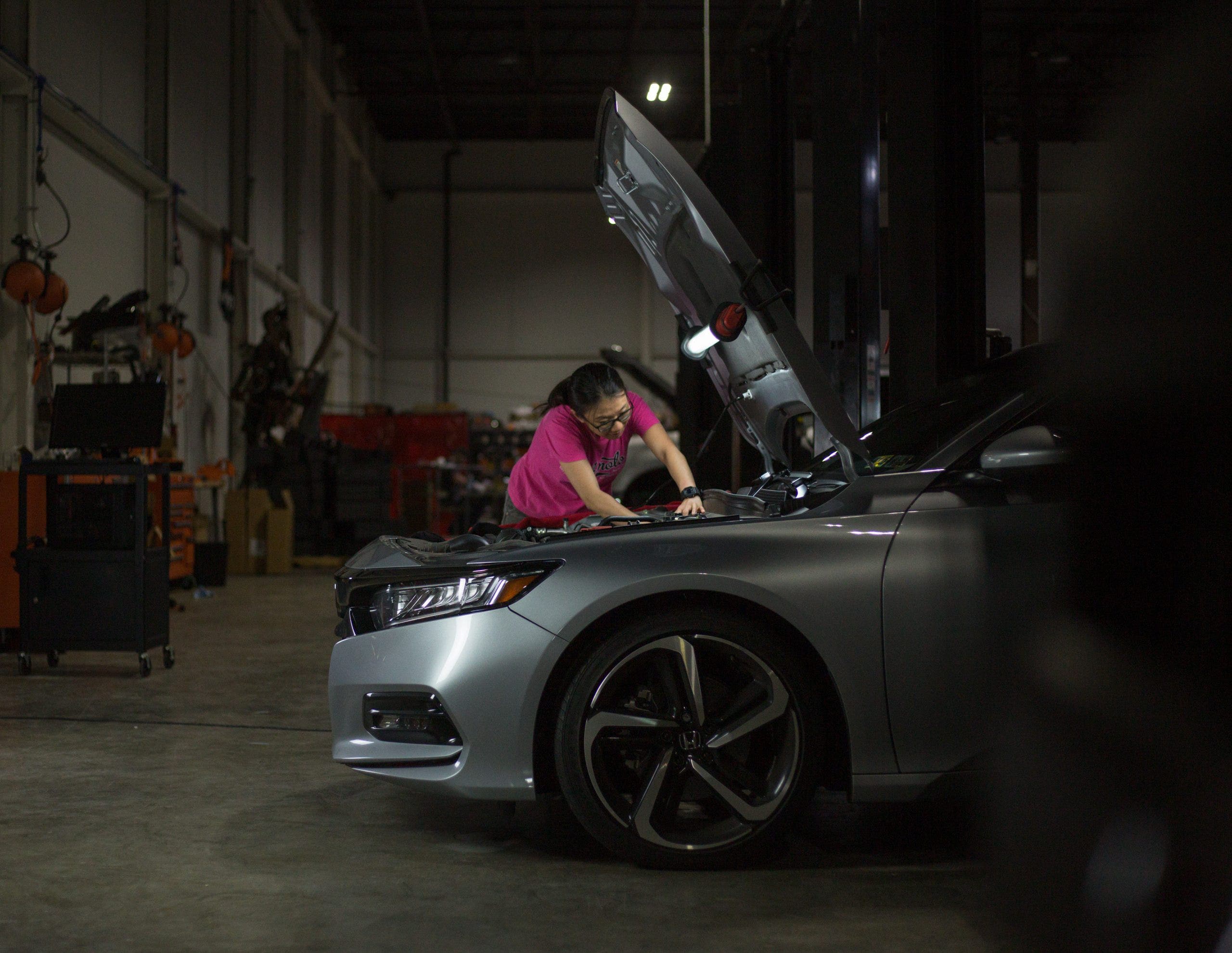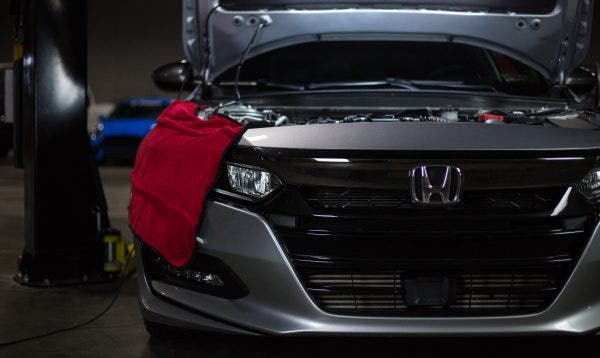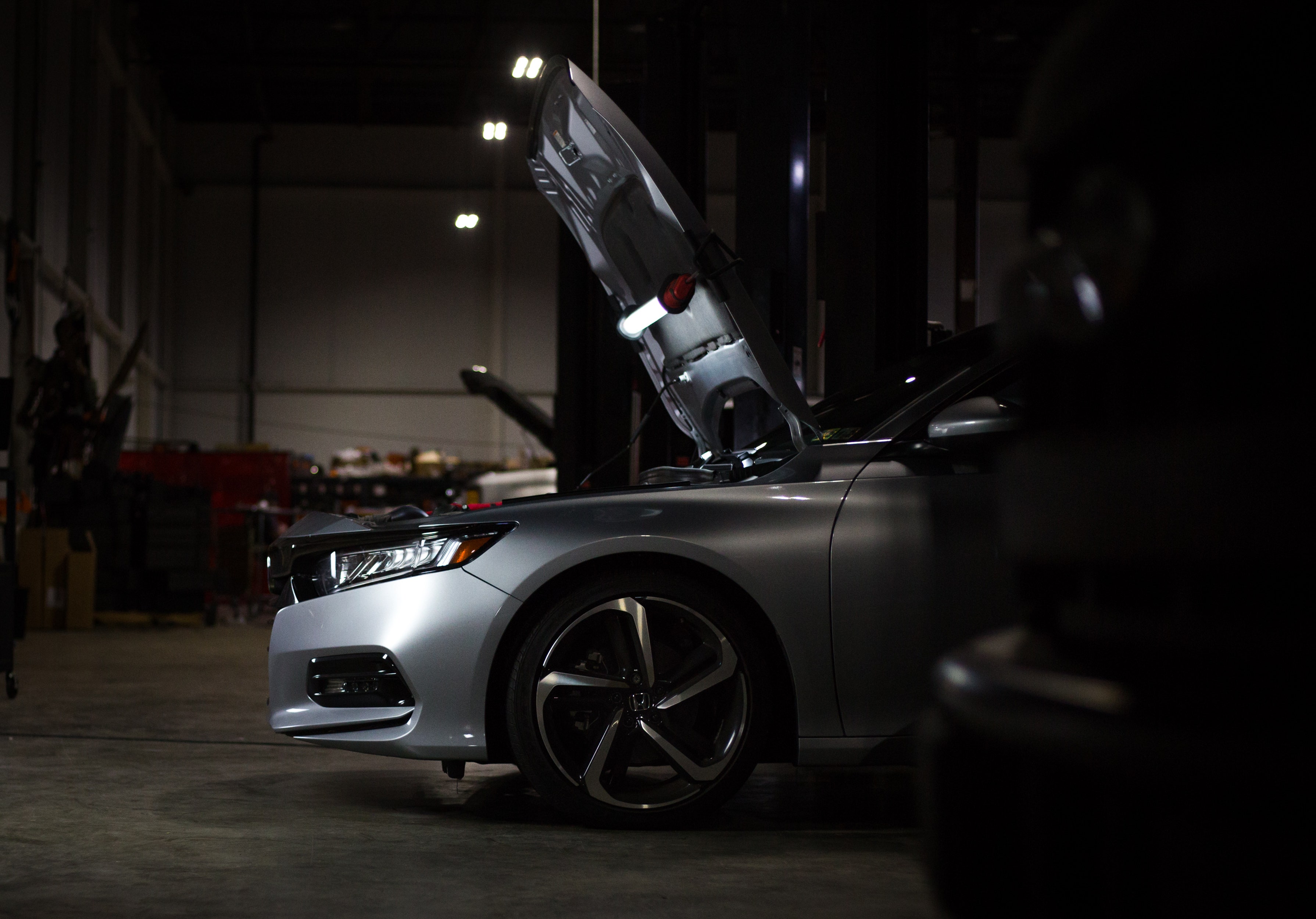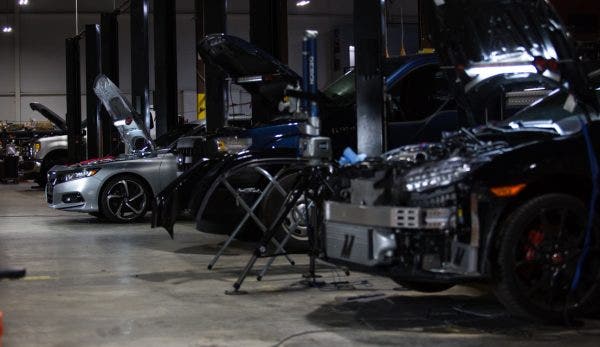One of the leading reasons for buying a mega-mass-produced product is reliability. Your Honda Accord already bears that trait thanks to Honda's decades of tried-and-true testing. Functionality and reliability are features that we also aim to make synonymous with our 2018+ 1.5L Accord intake kit, but that only comes with the same level of rigorous R&D. So, we put our intake to the test.
The first leg of the testing journey takes place on our flow bench, which you might remember from the prototyping post. During the design phase, we used the bench to pinpoint the most restrictive components in the OEM intake system. From there, we could generate more free-flowing designs and put our prototypes, and eventually the complete production kit, to the test against the stock unit.




